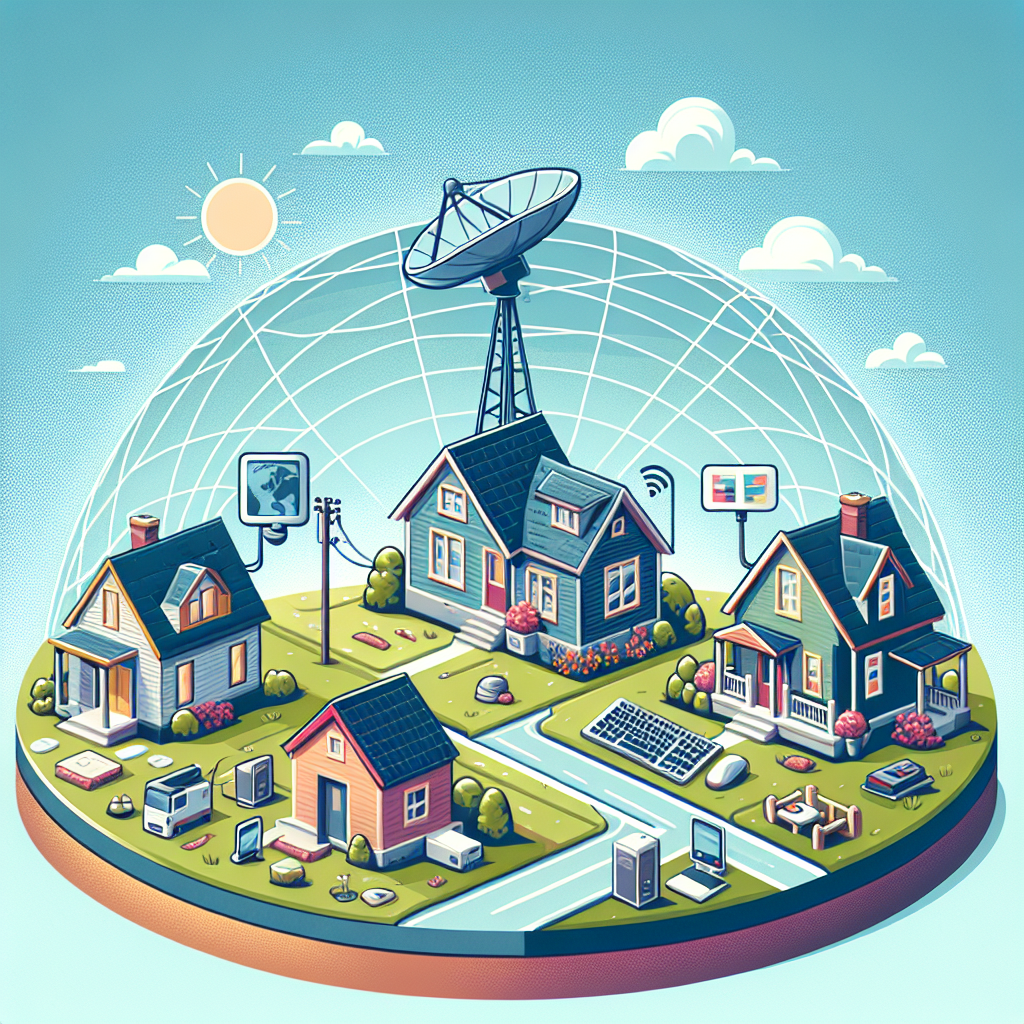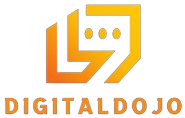
The internet is an integral part of modern life, providing access to an infinite amount of information, entertainment, and communication tools. However, not all internet connections are created equal. In fact, there are several types of internet connections, each with its unique features, speeds, and uses. In this comprehensive guide, we will explore the different types of internet connections available today.
Types of Internet Connections
Below is a table summarizing the key aspects of various types of internet connections:
| Type | Speed Range | Installation Cost | Monthly Cost | Best Use Cases |
|---|---|---|---|---|
| Dial-Up | Up to 56 kbps | Low | Low | Email, basic web browsing |
| DSL | 1-100 Mbps | Low to Moderate | Moderate | Web browsing, streaming, online gaming |
| Cable | 25-300 Mbps | Moderate | Moderate to High | Heavy streaming, multiple devices |
| Fiber Optic | 50-1000 Mbps | High | Moderate to High | 4K streaming, large file transfers, gaming |
| Satellite | 5-25 Mbps | High | High | Remote areas, basic web use |
| Wireless/Mobile | 5-100 Mbps | Varies | Varies | On-the-go connectivity, rural areas |
Dial-Up Internet
Dial-up is one of the oldest types of internet connections. It uses a phone line to connect to the internet, which means you cannot use the phone and the internet at the same time. While it is extremely slow compared to modern alternatives, dial-up remains an option in areas where other types of internet connections are not available.
Pros:
- Very low cost
- Easy installation
Cons:
- Extremely slow speeds
- Can’t use phone and internet simultaneously
DSL (Digital Subscriber Line)
DSL uses a telephone line to deliver high-speed internet. Unlike dial-up, DSL allows you to make phone calls while connected to the internet. DSL speeds vary, but generally range from 1 Mbps to 100 Mbps depending on the quality of the phone line and your proximity to the provider’s facilities.
Pros:
- Reasonable speeds
- Low to moderate cost
- Widely available
Cons:
- Speed decreases with distance from provider
- Not as fast as cable or fiber
Cable Internet
Cable internet is delivered through the same coaxial cables used for cable television. It offers faster speeds compared to DSL and is widely available in urban and suburban areas. Cable internet speeds typically range from 25 Mbps to 300 Mbps, though higher speeds are available in some areas.
Pros:
- High speeds
- Reliable performance
- Bundling with cable TV often available
Cons:
- Speed can be affected by network congestion
- Higher cost compared to DSL
Fiber Optic Internet
Fiber optic internet is the fastest type of internet connection available today. It uses fiber optic cables, which transmit data as light through glass or plastic fibers. Fiber optic speeds can range from 50 Mbps to 1 Gbps (1000 Mbps) or more. This makes it ideal for high-bandwidth uses like 4K streaming, online gaming, and large file transfers.
Pros:
- Extremely high speeds
- Low latency
- Reliable performance
Cons:
- High installation cost
- Limited availability
Satellite Internet
Satellite internet is available almost everywhere, as it relies on satellites orbiting the earth to deliver internet service. This makes it an excellent option for rural and remote areas where other types of internet connections are not available. However, satellite internet has higher latency and slower speeds compared to terrestrial options.
Pros:
- Available in remote locations
- Easy installation
Cons:
- High cost
- High latency
- Weather can affect connection
Wireless/Mobile Internet
Wireless internet uses radio waves to transmit data between a fixed location (like a home or office) and a wireless distribution center. Mobile internet, which uses cellular networks, also falls under this category. Wireless and mobile internet speeds vary widely based on technology (3G, 4G, 5G) and geographical factors.
Pros:
- Flexible and mobile
- Easy installation
- Available in rural and urban areas
Cons:
- Variable speeds
- Data caps and high costs
- Signal strength can be an issue
Choosing the Right Internet Connection
Choosing the right internet connection depends on several factors including your location, budget, and internet usage needs. Here are some tips to help you decide:
1. Assess Your Needs
Consider what you primarily use the internet for. If you only need it for basic browsing and email, a slower, more affordable option like DSL may be sufficient. However, if you frequently stream 4K videos, play online games, or work from home, you will benefit from faster connections like cable or fiber optic.
2. Check Availability
Not all types of internet connections are available everywhere. Check with local providers to see what options are available in your area. Rural areas may have limited options like satellite or slower DSL connections.
3. Consider Cost
Internet costs can vary widely. Assess both the initial installation cost and the ongoing monthly fees to find a plan that fits your budget. Keep an eye out for hidden fees and data caps.
4. Read Reviews
Customer reviews can provide insights into the reliability and performance of the internet service providers (ISPs) in your area. Look for reviews that focus on speed, customer service, and overall satisfaction.
Conclusion
Understanding the different types of internet connections is crucial in making an informed choice that best suits your needs. From the basic dial-up to the ultra-fast fiber optic, each type of connection offers unique benefits and drawbacks. By carefully evaluating your options, you can find the perfect match for your internet usage.
